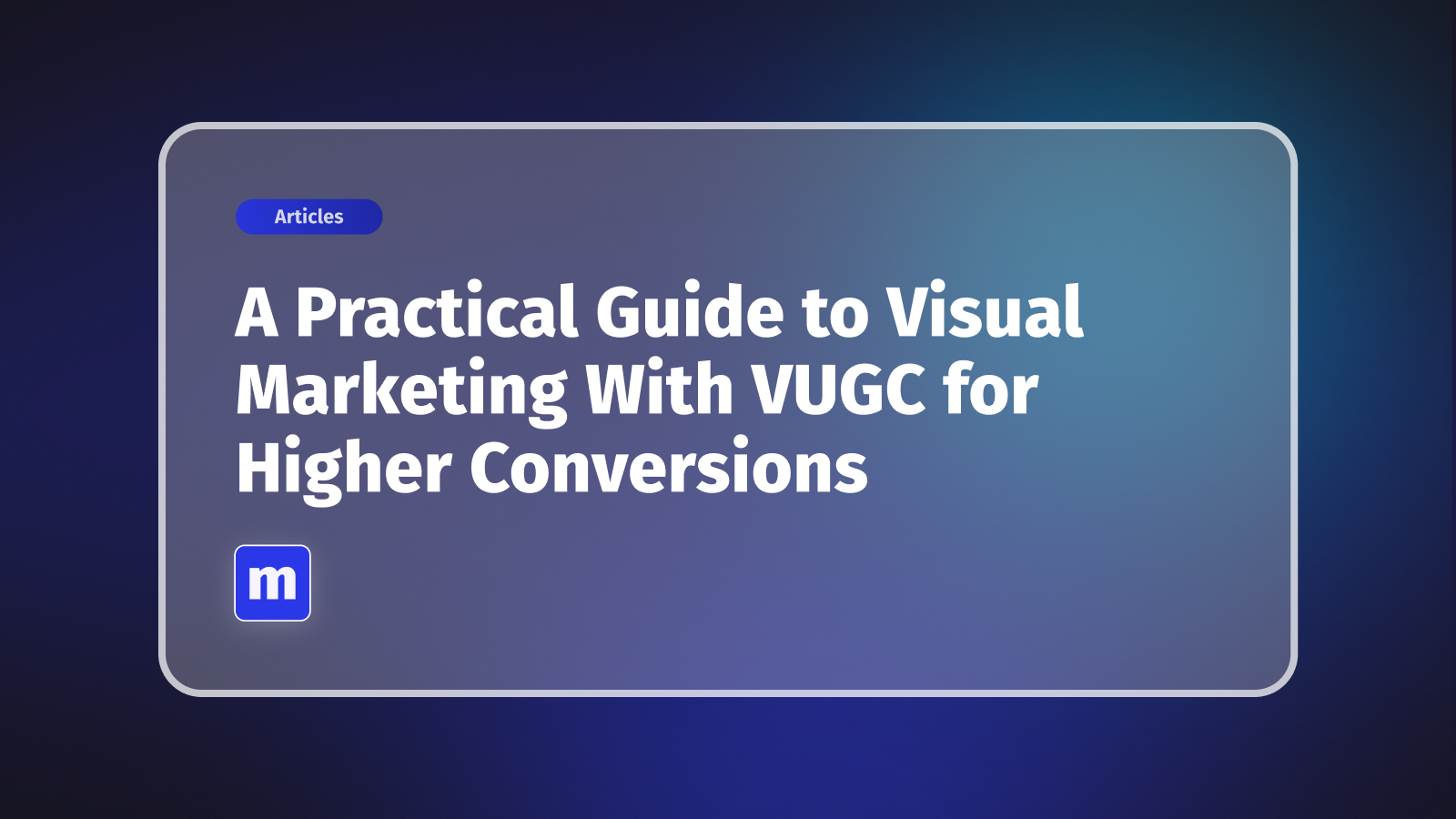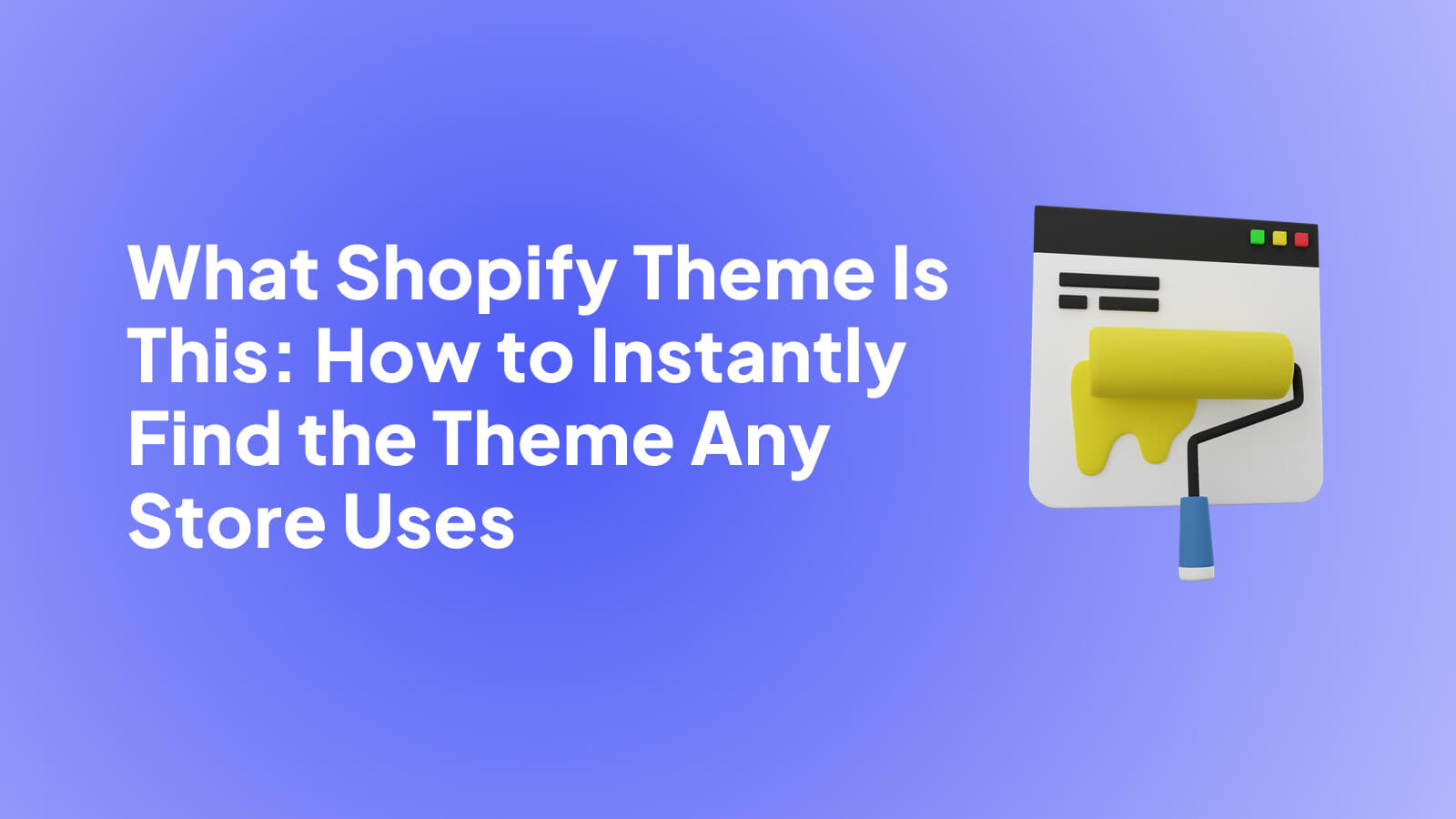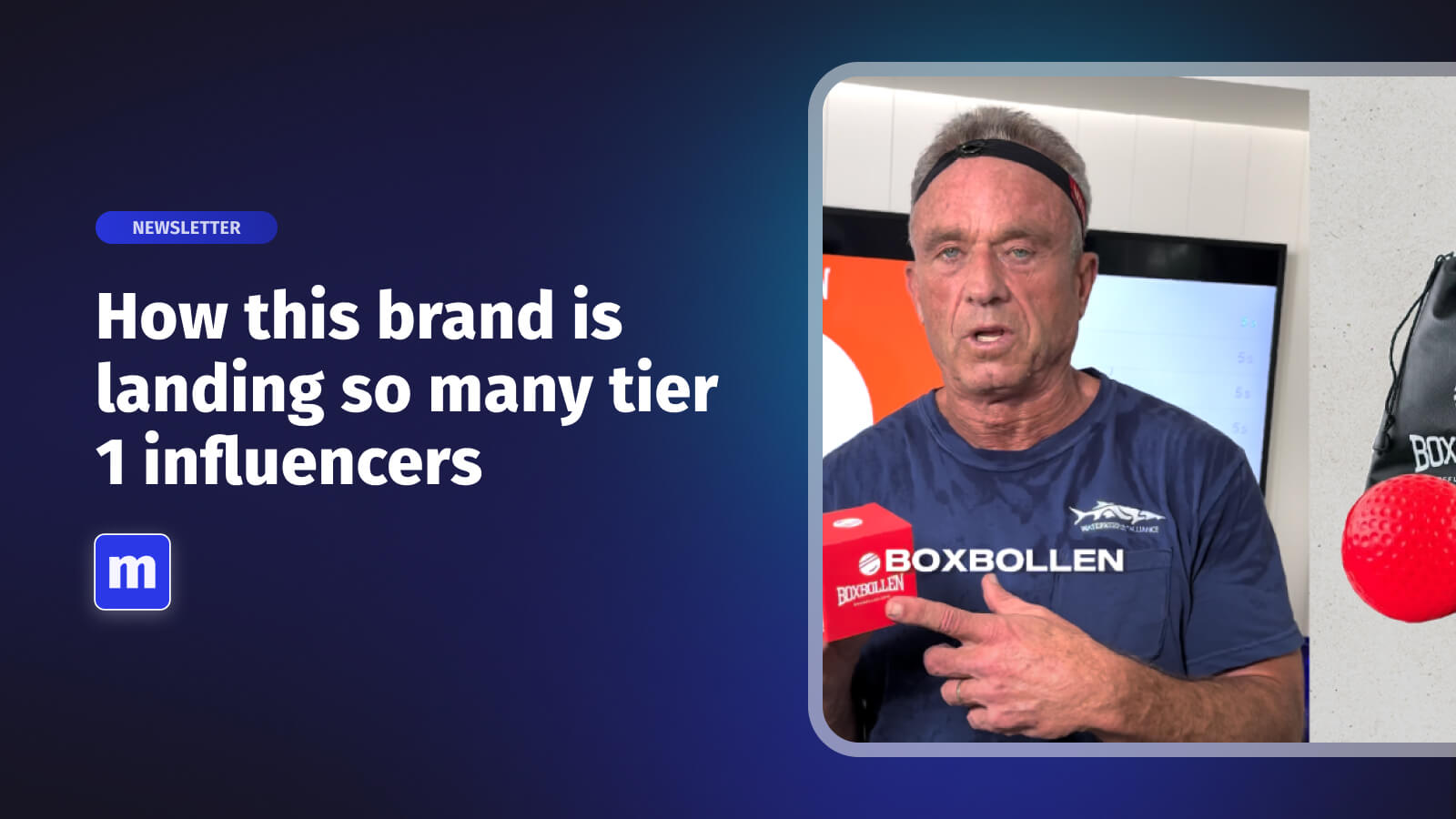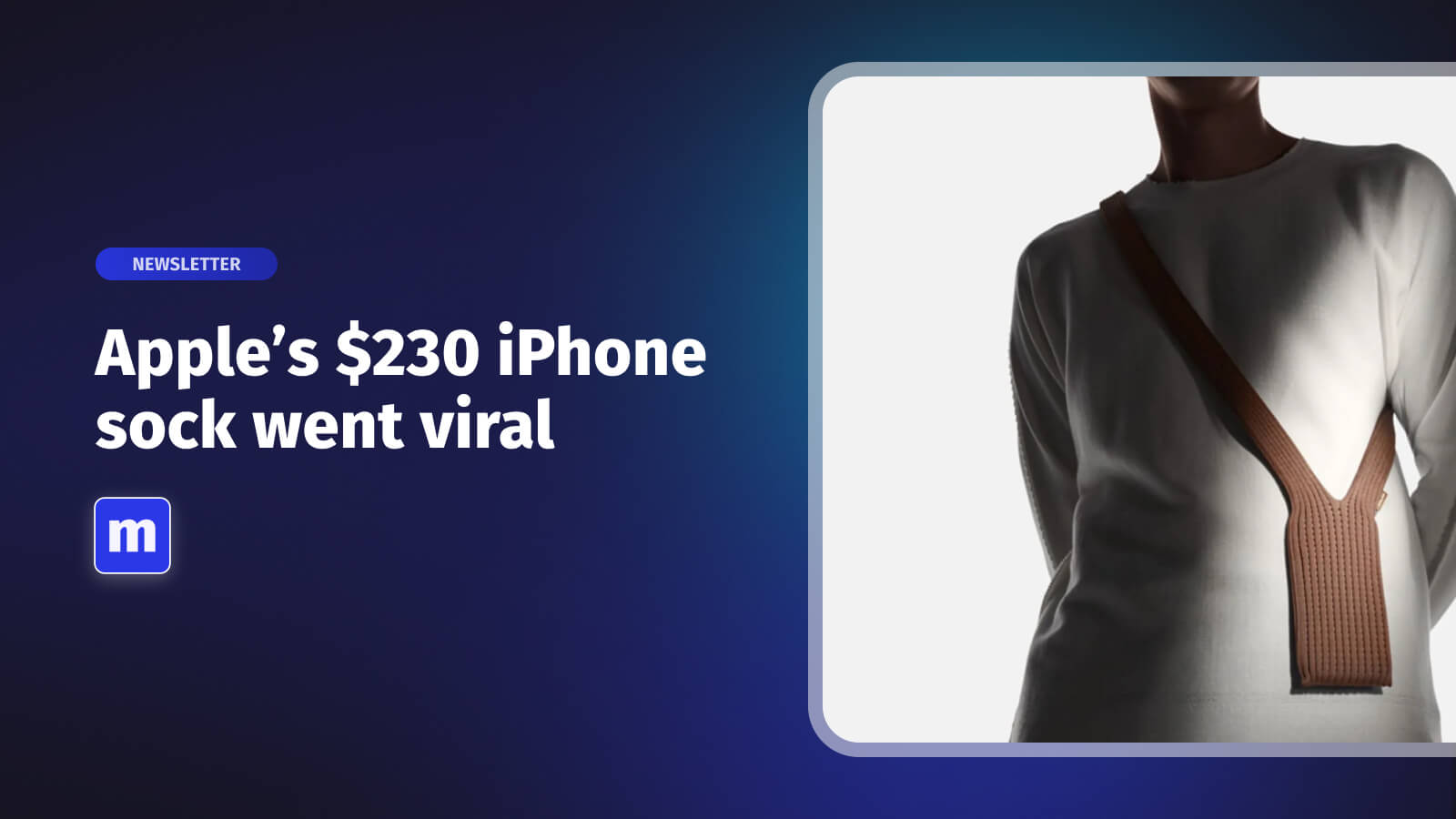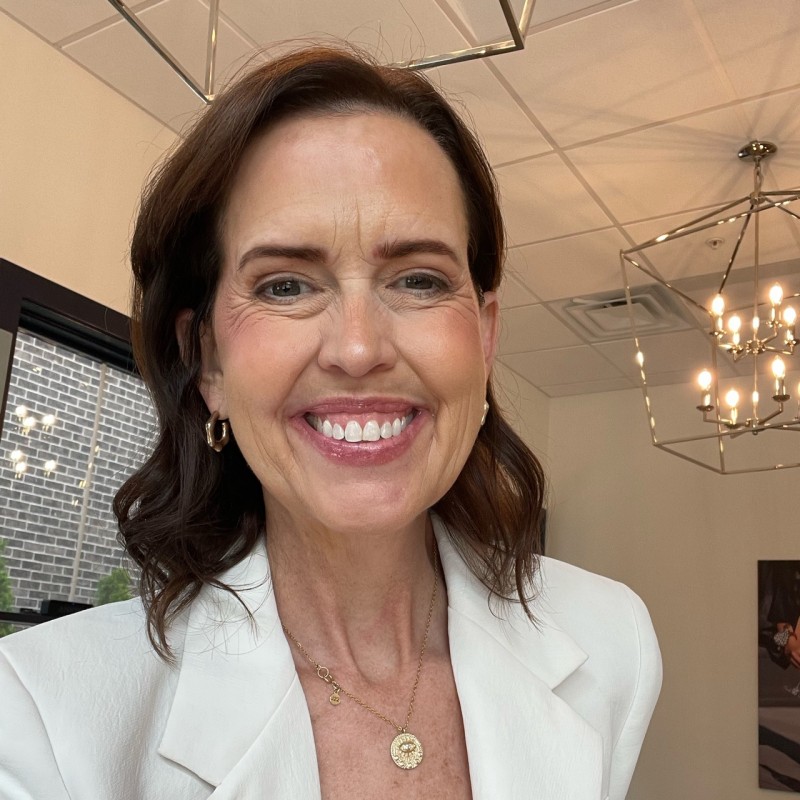
- Understanding What Makes Ecommerce Video Marketing Different
- The Psychology Behind Why Videos Convert Better Than Photos
- Essential Video Types That Actually Drive Sales
- Shoppable Videos: The Technology Changing How People Buy Online
- Creating Product Videos That Convert Browsers Into Buyers
- Getting Your Videos Seen By The Right Customers At The Right Time
- Measuring What Actually Matters: Video Metrics That Drive Revenue
Understanding What Makes Ecommerce Video Marketing Different
Let’s get straight to the point and talk about what ecommerce video marketing really means for your online store. Imagine you're selling a beautiful, handcrafted wooden watch. A static photo can show its design, but a video brings it to life. You can see the smooth sweep of the second hand, the way light dances on the wood grain as it moves, and the satisfying click of the clasp. That’s the crucial difference.
While traditional video marketing often aims for broad brand awareness, ecommerce video has a very specific job: to turn a curious browser into a confident buyer.
The biggest hurdle for online shopping is the fact that customers can't physically interact with a product. They can't touch the fabric, feel its weight, or see how it looks in a real-world setting. This creates a “trust gap” that even the best product photos can only partially fill. Ecommerce video marketing is the best tool for closing that gap by offering a rich, multi-sensory experience that builds the confidence needed to click "Add to Cart."
The Focus Is on Conversion, Not Just Views
Unlike a big-budget TV commercial designed to make a brand name stick, an ecommerce video is a hard-working sales tool. Its success isn’t measured by views or likes alone, but by its direct impact on your sales. It answers specific customer questions and calms their hesitations right away. A video can show how a complex product works, display a piece of clothing on different body types, or offer a 360-degree view that leaves no detail hidden.
For example, a strong product page video often does several jobs at once:
- Demonstration: It shows the product in action, making its use and benefits clear.
- Trust Building: It gives a transparent look at the product’s quality and features.
- Objection Handling: It anticipates and answers questions a customer might have before they even think to ask.
Here is a great example of how a brand uses video directly on its product page to showcase how an item looks and moves in the real world.
This visual proof is far more convincing than a simple description because it directly helps the customer imagine the product in their own life.
Integrating Video Across the Entire Journey
The most effective ecommerce video strategies don't just place a video on the product page and call it a day. They weave video content throughout the entire customer journey, from the first ad a person sees to the post-purchase support emails. This means creating different types of content for different stages, like engaging social media ads and helpful unboxing guides. For anyone just starting, mastering the basics of ecommerce video production is the first step toward building this connected experience. The goal is to create an ongoing, trust-filled conversation with your audience.
The growing importance of this approach is clear from industry data. In 2025, video marketing is a central strategy, with a remarkable 89% of companies using it as a marketing tool. What's more, 95% of video marketers now view video as an essential part of their overall strategy—an all-time high. You can explore more on the state of video marketing to see just how widely it has been adopted. This data shows that investing in video is no longer a "nice-to-have"; it's a fundamental part of running a successful online business.
The Psychology Behind Why Videos Convert Better Than Photos
Have you ever wondered why a simple product video can turn a hesitant browser into a confident buyer while a perfect photo leaves them scrolling? The answer isn't about flashy production; it's rooted in how our brains are wired to make decisions. Shopping online requires a leap of faith. Customers need to trust that a product will live up to its description and imagine how it will actually fit into their lives. Static photos can start this process, but a well-made video seals the deal.

Triggering Ownership and Reducing Risk
Our brains react very differently to moving content compared to a still image. A photo captures a single, frozen moment, but a video tells a story. This storytelling power is what sparks a key psychological effect called ownership visualization. When a customer watches someone easily assemble a piece of furniture or confidently wear a jacket in the rain, their brain doesn't just register the facts—it simulates the experience. They mentally step into the video, picturing themselves using the product, which makes the idea of owning it feel more real and far less risky.
This mental practice run is a vital part of the online buying journey. It closes the gap between seeing an item and feeling confident enough to click "add to cart." By showing the product in a real-world context, you answer the customer's unasked questions before they even form: How big is it really? How does the fabric move? Is it complicated to use? Each question the video answers builds trust and chips away at the anxiety that comes with buying something sight unseen.
The Power of Multi-Sensory Engagement
Unlike a silent photo, video draws on multiple senses to create a richer, more memorable impression. The blend of movement, sound, and narrative works together to make a product stick in a customer's mind.
- Movement: It naturally captures and holds our attention far better than a static image ever could.
- Sound: This can set an emotional mood, from the satisfying click of a well-made gadget to an upbeat soundtrack that generates excitement.
- Demonstration: It provides clear, undeniable proof of a product's function and value, leaving little to guesswork.
To understand the real-world effect of video, let's look at how it moves the needle on key ecommerce metrics. The table below shows a direct comparison of performance with and without video content.

This data clearly shows that video doesn't just make a page look better; it actively improves business outcomes. The 39% lift in conversion rates is a direct result of enhanced customer confidence and understanding.
This multi-sensory approach makes the product easier to grasp and recall. It's no surprise that 96% of marketers agree that videos greatly improve a customer's understanding of a product. If you're curious, you can explore more video marketing statistics and insights to see just how impactful it can be.
Ultimately, video converts better because it aligns perfectly with how we learn and build trust. It swaps the uncertainty of online shopping for the confidence of seeing something with our own eyes. By showing, not just telling, you give customers the proof they need to move from consideration to conversion. Video marketing isn't just about showcasing products; it's about building the psychological foundation for a confident purchase.
Essential Video Types That Actually Drive Sales
Not all ecommerce videos are created equal. Knowing which format to use can be the difference between a sale and a missed opportunity. Think of your ecommerce video marketing plan as a specialized toolkit. You wouldn't use a hammer to saw a board, and you shouldn't use a brand story video when a customer just needs to see how a product works. Each video type has a specific job, guiding customers from their first flicker of interest to a confident purchase.

This focused approach means using the right video at the right moment to build trust and encourage sales. Let’s look at the most effective formats that consistently get results for online stores.
Product Demonstration Videos
This is the workhorse of ecommerce video. A product demonstration video is your 24/7 digital salesperson, showing an item in action. It’s not about just reciting a list of features; it's about showing what those features do. If you're selling a kitchen gadget, show it chopping vegetables with ease. For a waterproof jacket, film someone staying perfectly dry in a downpour.
These videos answer the biggest question on a customer's mind: "How will this actually work for me?" By showing the product in a real-world setting, you help shoppers imagine themselves owning it, which is a strong push toward the "buy" button. To get a closer look at this format, check out our guide on product video marketing, which details creation and strategy.
Customer Testimonial and Unboxing Videos
You can talk about how great your products are all day, but hearing it from a real customer is far more powerful. Customer testimonial videos are pure social proof. They feature genuine buyers sharing their positive experiences, which builds tremendous trust and credibility. These videos don't need a big budget; in fact, authentic, user-generated-style content often works best because it feels more honest and relatable.
In a similar way, unboxing videos capture the feeling of excitement and discovery. Viewers get to live vicariously through the "out-of-the-box" moment, seeing the packaging, the product itself, and the creator's genuine first reaction. This format is a home run for tech, beauty, and subscription box brands because it helps create a shared community feeling. In fact, around 39% of businesses invest in customer testimonial videos to forge this kind of authentic bond.
How-To and Tutorial Videos
These videos provide value that extends beyond the initial sale, positioning your brand as a helpful expert, not just a seller. How-to or tutorial videos show customers how to get the most out of their purchase. For a complex skincare item, this could be a video on application techniques. For flat-pack furniture, it could be a step-by-step assembly guide.
This type of content is fantastic for reducing product returns, boosting customer satisfaction, and encouraging repeat business. These videos also perform very well in search engine results, as you're directly answering questions potential customers are asking. A significant 42% of organizations invest in how-to videos, making it one of the most popular educational formats. By creating helpful content, you build a stronger relationship with your audience, turning one-time buyers into loyal brand fans.
Shoppable Videos: The Technology Changing How People Buy Online
Picture a customer watching a video of a model wearing your new jacket. They love it. Instead of pausing the video, opening a new tab, and searching for the jacket on your site, they just tap on it right inside the video player and add it to their cart. This isn't science fiction; it's the power of shoppable video, a technology that is actively blending content and commerce.
This interactive format dissolves the friction that always existed between watching a video and making a purchase. The line between being entertained and actively shopping disappears, creating a direct path from inspiration to checkout. It turns passive viewing into an active, engaging buying experience. The impact of this shift is significant, and its adoption is growing fast.
How Shoppable Videos Work
At its core, a shoppable video is an interactive layer placed on top of standard video content. This layer contains clickable "hotspots" or overlays that link directly to product pages. From a user's perspective, it feels completely natural.
There are a few common ways this technology is put into action:
- Clickable Hotspots: Small, often subtle, icons or dots appear over products as they are featured in the video. When a viewer clicks one, a small pop-up appears with product details and an "Add to Cart" button.
- Integrated Product Carousels: A list or carousel of all featured products appears next to or below the video player. As each product is shown on screen, the corresponding item in the carousel is highlighted for easy selection.
- In-Video Checkout: The most advanced form lets customers complete the entire purchase—from adding to cart to entering payment information—within an overlay on the video itself, without ever leaving the page.
To help you understand the options available, here is a comparison of some leading platforms that can bring shoppable video to your store.
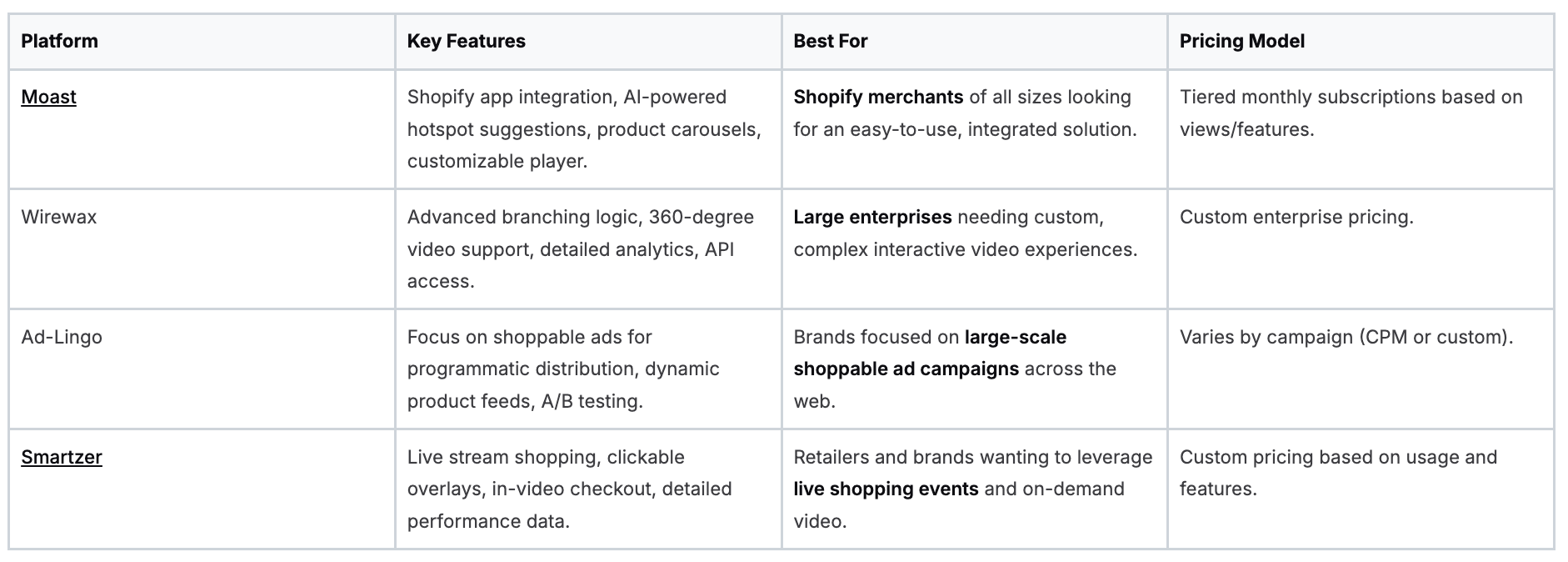
This table shows a range of tools, from simple app integrations perfect for small businesses to powerful enterprise solutions. The key is finding a platform that matches your technical needs and business goals. For Shopify businesses, specialized apps like Moast make it simple to turn existing video content into shoppable experiences. Exploring various shoppable video platforms is a great first step.
Why This Technology Is a Game-Changer
The main benefit of shoppable video is the dramatic reduction in purchase friction. Every extra step a customer has to take—like searching for a product after seeing it in a video—is a chance for them to get distracted or change their mind. By making the video itself the point of sale, you shorten the customer journey from several steps to just one or two clicks.
The data confirms how effective this is. While different video formats convert at different rates, the interactive nature of shoppable content elevates performance across the board. The following chart compares the typical conversion rates for popular ecommerce video types.

As the chart shows, product demos lead the pack, but the real power comes from making these experiences interactive. Projections show that by 2025, shoppable video content is expected to boost sales by an average of 3.4 times compared to standard video ads. This remarkable lift happens because it lets customers act on their impulse to buy at the peak moment of interest. You can discover more insights about video marketing trends to see the growing impact. Shoppable video is quickly becoming a must-have tool for any competitive ecommerce brand.
Creating Product Videos That Convert Browsers Into Buyers
The line between a product video that sells and one that gets scrolled past often comes down to one thing: empathy. A powerful video doesn't just display a product; it gets inside the customer's head, answers their unasked questions, and shows them a better version of their life with your product in it. Think of it as your best salesperson, working 24/7 to build confidence and make the buying decision feel like an easy win.
Creating these assets isn't about just hitting "record." It starts with pre-production research. Before you even consider cameras, you need to know what your audience is worried about. What are their biggest hesitations? What questions does your product page leave unanswered? Look through customer reviews, support emails, and social media comments to uncover these pain points. This groundwork ensures your video speaks directly to a customer's real-world problems, not just a list of features.
Structuring Your Video for Maximum Impact
Once you understand your customer's perspective, you can build a video that holds their attention and leads them to the checkout. The best product videos tell a short, compelling story. A simple and effective structure looks like this:
- The Hook (0-3 seconds): You have three seconds to stop the scroll. Start with a striking visual, a direct question about a common problem, or a surprising fact.
- The Problem (4-10 seconds): Quickly set the scene by showing the frustration or challenge your product is designed to solve. This makes the viewer feel understood.
- The Solution & Demonstration (11-45 seconds): Introduce your product and show it in action. This is where you focus on benefits, not just features. Don't just say "it has a 5,000 mAh battery"; show someone enjoying their phone all day without a single low-battery warning.
- Call to Action (46-60 seconds): End with a clear, direct instruction. Tell the viewer exactly what to do next, whether that’s “Shop Now,” “Learn More,” or “Add to Cart.”
Practical Production Tips for High-Quality Results
You don't need a massive budget to create great product videos. Focusing on the fundamentals will make your product look fantastic. Mastering efficient video production for small business is a game-changer for growing brands.
- Lighting: Good lighting is essential. Natural light from a window is often the best and cheapest choice. For indoor shoots, a basic three-point lighting setup (a key light, a fill light, and a backlight) will make your product stand out professionally.
- Camera Angles: Use a mix of camera angles to keep things interesting. Combine wide shots that show the product in its environment with close-ups that reveal important details and textures. A 360-degree view can be especially effective.
- Pacing: Keep your edit tight and snappy. Cut out any pauses or unnecessary footage. The goal is to keep the energy up without rushing the viewer. Data shows that for 83% of video marketers, the sweet spot for short-form marketing videos is under 60 seconds.
This screenshot shows how user-friendly video creation has become, with platforms offering templates that make it simple to start.
Tools like Canva lower the technical barrier, letting brands concentrate on telling a great story instead of wrestling with complicated software. For a more detailed guide, check out our post on how to create product videos.
By pairing deep customer insight with smart, focused production, you can create product videos that do more than get views—they build trust, resolve doubts, and turn browsers into buyers.
Getting Your Videos Seen By The Right Customers At The Right Time
Creating a compelling product video is a fantastic start, but it's only half the battle. The real challenge is getting that video in front of your ideal customers at the exact moment they're ready to buy. Think of your video distribution strategy as a well-conducted orchestra; every channel, from your website to your social media, needs to play its part to create a fluid customer journey that leads straight to checkout.

This screenshot from Instagram shows just how much platform matters. What works wonders on one channel might fall flat on another. This is why a tailored, thoughtful approach is so important for effective ecommerce video marketing.
Building Your Multi-Channel Distribution Funnel
A winning strategy doesn't put all its eggs in one basket. Instead, it weaves your video content across different touchpoints, building momentum and reinforcing your message along the way. To make sure your videos are seen by the right people, it's smart to implement some solid customer segmentation examples. This helps you customize not just the video itself, but how and where it's delivered.
Your distribution plan should blend owned, earned, and paid media:
- Owned Channels (Your Home Base): This is your territory—your website's product pages, homepage, blog, and email newsletters. Placing videos directly on product pages can give conversion rates a serious boost by answering customer questions right at the point of decision. In fact, for 66% of video marketers, these product videos generate the best return on investment.
- Earned Channels (Organic Reach): This is where user-generated content (UGC) and social media sharing shine. When you encourage customers to post their own unboxing videos or testimonials, you expand your reach in a truly authentic way. You can also optimize your videos for search engines with smart keywords and transcripts to rank on Google and YouTube, pulling in valuable free traffic.
- Paid Channels (Targeted Amplification): Platforms like Facebook, Instagram, TikTok, and YouTube let you place your videos in front of very specific groups of people. This is perfect for retargeting shoppers who watched a video but didn't complete a purchase, or for finding new "lookalike" audiences that match your ideal customer profile.
Optimizing Content for Each Platform
One of the most common missteps in ecommerce video marketing is posting the exact same video file everywhere. Every platform has its own unique audience, technical specs, and unwritten rules for what works.
Here’s a quick guide to adapting your content for the best results:
PlatformBest Video Format & LengthKey Optimization TipWebsite Product PageHorizontal (16:9), 30-90 secondsFocus on a high-quality product demonstration. Sound is great, but make sure the video still makes sense without it.Instagram Stories/ReelsVertical (9:16), 15-60 secondsGrab attention in the first 3 seconds. Use bold, clear captions, since many people watch with the sound off.TikTokVertical (9:16), 15-60 secondsLean into trending sounds and a casual, authentic vibe. Raw and real often beats a polished, corporate look.YouTubeHorizontal (16:9), 2-5 minutesPerfect for longer videos like detailed tutorials, expert reviews, or brand stories. Optimize titles and descriptions for search.Email CampaignsAnimated GIF or static image with a play buttonEmbed a clickable thumbnail that links to a video landing page. This keeps emails loading quickly while still driving video views.
By tailoring your videos for their specific environment, you make them feel natural to the platform and far more likely to grab a viewer's attention. This turns your distribution plan from a simple to-do list into a powerful system for generating real revenue and guiding customers from their first view to the final sale.
Measuring What Actually Matters: Video Metrics That Drive Revenue
Launching a video campaign is exciting. You see the view count climb, likes roll in, and comments pop up. While these vanity metrics feel good, they don't tell you if your ecommerce video marketing is actually growing your business. Success isn't measured in views; it’s measured in revenue. To really understand your video's performance, you need to shift from feel-good numbers to data that directly affects your bottom line.
Think of it like this: vanity metrics are the sound of applause in a theater. It’s nice to hear, but it doesn’t tell you how many people bought tickets or if they'll return for the next show. Actionable metrics are the box office reports. They show you exactly what’s working, what isn’t, and how to make your next production even more successful.
Beyond Views: Metrics That Predict Purchase Intent
To move beyond the applause, you need to track engagement metrics that signal genuine interest, not just a passing glance. These are the digital breadcrumbs that lead to a sale.
- Play Rate: This metric shows the percentage of visitors who saw your video player and actually clicked "play." A low play rate might mean your video thumbnail isn't compelling or its placement on the page is ineffective.
- Audience Retention & Video Heatmaps: How much of your video are people actually watching? An audience retention graph shows the exact points where viewers drop off. A video heatmap goes a step further, visually showing which parts of your video are being rewatched or skipped. For instance, 28% of video marketers analyze these heatmaps to understand user behavior deeply. A big drop-off in the first 10 seconds signals a weak intro, while rewatches on a specific feature highlight what customers find most valuable.
- Click-Through Rate (CTR): If your video includes a call-to-action (CTA) like a "Shop Now" button, what percentage of viewers click it? This is one of the most direct indicators of purchase intent and how well your video’s message lands.
- Conversion Rate: This is the ultimate measure of success. Of the people who watched your video, how many went on to make a purchase? Tracking this requires a proper analytics setup to connect video views to actual sales.
Tying Video Performance to Business Outcomes
The real power comes from connecting these video metrics to your core business key performance indicators (KPIs). This is how you calculate the true return on investment (ROI) of your video efforts and make data-driven decisions to improve your strategy over time.
This analytics dashboard, for example, shows how you can track user behavior and conversions from different sources, including your video campaigns.
This view lets you see not just who watched a video, but how those viewers behaved on your site afterward and whether they ultimately converted.
To build a clear picture, focus on building a dashboard that answers key business questions:
Key Business QuestionRelevant Video Metrics to TrackAre my videos attracting the right audience?Play Rate, Audience Source (e.g., social, organic), DemographicsIs the video content engaging enough?Audience Retention, Average Watch Time, Heatmap DataIs the video driving action and sales?Click-Through Rate (CTR), Add-to-Cart Rate, Conversion RateWhat is the financial return of my video?Video ROI (Revenue Attributed / Video Cost), Cost Per Acquisition
Setting up this kind of tracking can seem complex, but it's essential for understanding what works. For a closer look at ensuring you're accurately tracking success and making sense of your video campaign data, you can explore a comprehensive conversions measurement guide. By focusing on data that connects directly to sales, you move from simply making videos to building a powerful, predictable revenue engine for your ecommerce business.
Moast makes this easy by integrating shoppable video analytics directly into your Shopify dashboard. You can see which videos drive the most clicks, add-to-carts, and sales, all in one place. Add Moast to your Shopify store for free and start measuring what truly matters.
Related content
Turn your social content into a revenue channel
Turn your TikToks and Reels into shoppable videos and boost conversions by 3.5x.

